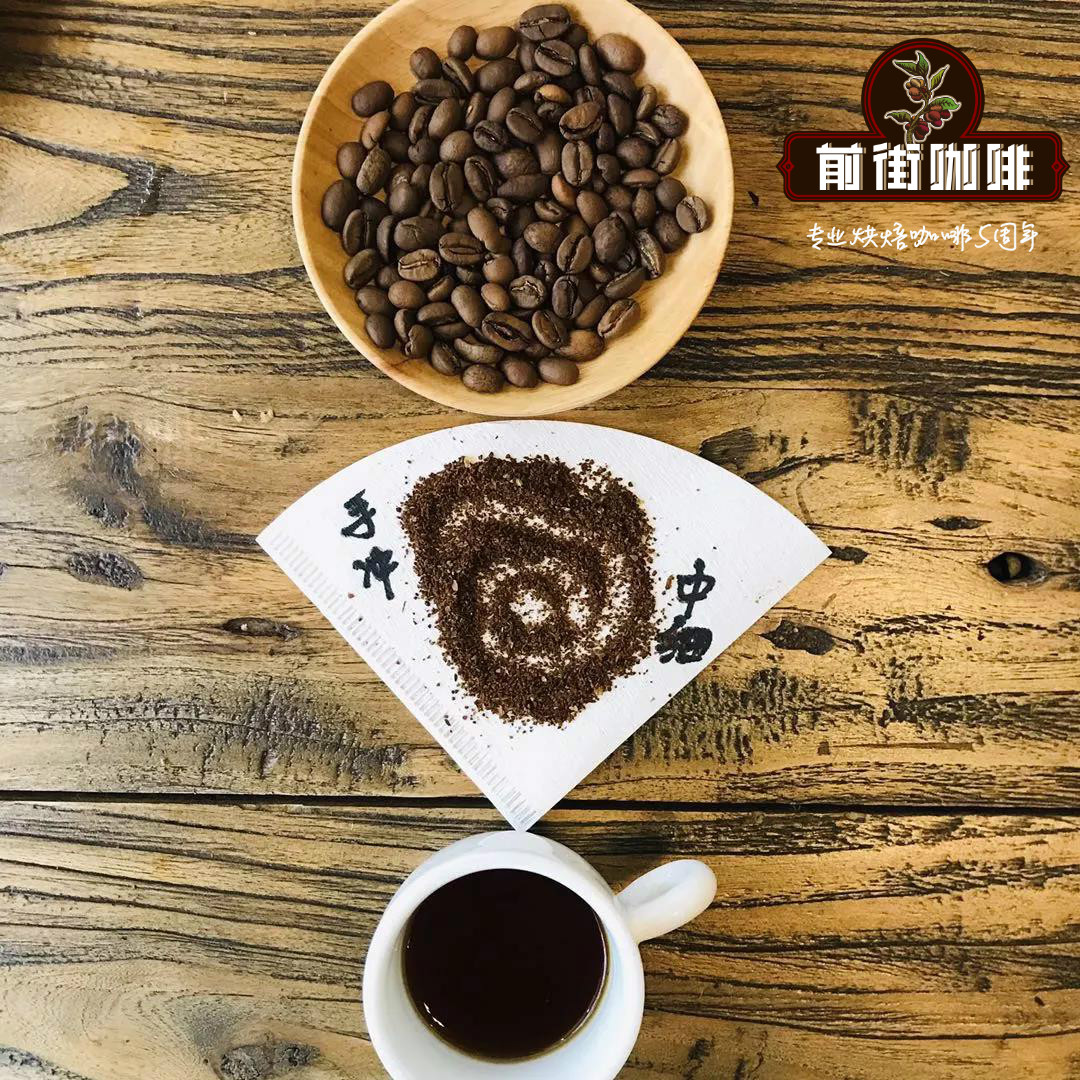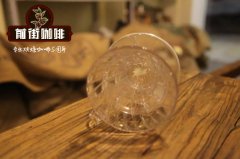Can coffee taste and description improve the experience of drinking coffee? How do you explain the flavor of coffee?

Professional coffee knowledge exchange more coffee bean information please follow the coffee workshop (Wechat official account cafe_style)
It is not easy to try to describe the flavor of coffee. Coffee is popular because of its unique and rich flavor and aroma. Consumers, bean bakers, cup testers and traders all want to describe the flavor they drink into words.
But is it possible that we cannot describe it more accurately?
When the flavor we describe is more accurate, will it increase the experience of coffee drinkers?
Recently I encountered some problems with coffee, which made me wonder how we could describe the flavor directly, or could we write the description more appropriately?
A flavor that we cannot describe.
It's all because we have to record the flavor of newly purchased Ethiopian Kelloo washed coffee. Everyone in the bean baking factory quickly distinguishes the sweet and sour taste of fruit like oranges and pears, but it has a strong and floral flavor, which is difficult for us to describe.
The closest description is "rose", but none of us think it is very accurate. In the end, we chose the word "rose water" to describe this cup of coffee, trying to convey the weight and sweetness of the rosy aroma in the coffee.
I don't think we caught the rose-like aroma, but it all became clear a few weeks later, and my partner and I spent a rare and unforgettable holiday on a farm in Ireland.
The farm is a place full of pastoral scenery, and between the shed and the orchard, the vats of apple juice are slowly turning into vinegar. The strawberry scaffolding next to it extends sideways. In the store on the farm, mountains of apples give off an incredible fragrance.
It is this aroma that reminds me of Kelloo, which not only reminds me of the sweetness of ripe apples, but also has a rich floral flavor, which reminds me that roses and apples are actually distantly related. James Hoffmann has mentioned in the past how difficult it is to describe the flavor of an apple, which makes me think again about how we can more accurately describe drinking floral coffee.
It's not a rose. It smells like a rose.
On that day, we visited a Swiss hut surrounded by climbing roses and smelled a variety called Albertine. It smelled like the smell of the pile of apples that intoxicated me that day.
This makes me think that maybe we struggle with using rose as the word to describe Kelloo flavor, because roses don't all smell the same. I began to try to describe the smell of roses, first walking around the cabin, and then I went to visit the Dublin Botanical Garden.
What does a rose smell like?
Of course, most roses smell like roses. And this is the ideal aroma we are used to smelling in rose water or perfume, but usually each smell is unique (it is not easy to describe these flavors).
Sure enough, I smelled the aroma of apples several times, starting from the Swiss hut with Albertine, as well as several other roses I saw in the botanical garden.
Citrus aromas are also very common, with unique lemon aromas in yellow roses and very strong grapefruit aromas in Harry Edland roses.
Some roses like Red Devil and Honore de Balzac have ripe peach aromas combined with sweet peach and fresh cucumber mint aromas. In addition, people like Mme Isaac Pereire have strong rose aromas, but they also have strong aromas of menthol and eucalyptus.
At the other extreme, Alexander roses have almost no fragrance, but if you smell it carefully, you can find the scent of candles in the church, perhaps a faint scent.
The last rose I smelled that day had the rose scent of the most classic bathroom soap. I was glad that its name was Radox Bouquet, a brand of soap sold in Ireland, Britain, Australia and many countries.
What does this have to do with the description of coffee flavor?
Do these unique aromas mentioned above really mean that the analogy of roses can be compared with the description of coffee flavor? In other words, when we use a description of a particular variety of rose, it is meaningless and very confusing to someone who doesn't know about the rose. For people who don't know coffee, it's also a different language.
It is a problem even in the professional training tool of "wine nose". The roses described by Lenoir are mainly Damascus roses, but they are marked with "tea roses" or "red currant jelly".
Damascus roses are often used as rose water and rose essential oils. They are native to China and have many different aromas such as tea, cloves and Cordyceps sinensis. On the other hand, the tea-scented rose is completely different, with the aroma of red currant jelly, it is indescribable.
After trying to mark all the different kinds of rose aromas, can I really use these aromas to describe the flavor of Kelloo? To be honest, if you ask me now, I will describe it as "pea". As for what kind of variety it is, I don't know.
Important Notice :
前街咖啡 FrontStreet Coffee has moved to new addredd:
FrontStreet Coffee Address: 315,Donghua East Road,GuangZhou
Tel:020 38364473
- Prev

What is espresso? How to correctly distinguish between latte, macchiato, cappuccino and mocha?
Professional coffee knowledge exchange more coffee bean information Please follow the coffee workshop (Wechat official account cafe_style) when you stand at the counter of the Italian coffee shop, looking at the dazzling variety of coffee flavors, do you feel a little confused? This time, I will do a general arrangement for you, which will not only let you recognize the differences in the taste of various coffee, but also explain the proportion of blending in detail. Our institute
- Next

Is there an ideal temperature for coffee? What is the best brewing temperature for coffee?
Professional coffee knowledge exchange More coffee bean information Please pay attention to coffee workshop (Weixin Official Accounts cafe_style) Most coffee drinkers have preferred drinking temperature, temperature from seventy or eighty degrees of hot coffee, to close to zero degrees of iced coffee, as long as you can stand the temperature can drink, that is to say, all according to personal preference. But generally we define the temperature standard, at most
Related
- Beginners will see the "Coffee pull flower" guide!
- What is the difference between ice blog purified milk and ordinary milk coffee?
- Why is the Philippines the largest producer of crops in Liberia?
- For coffee extraction, should the fine powder be retained?
- How does extracted espresso fill pressed powder? How much strength does it take to press the powder?
- How to make jasmine cold extract coffee? Is the jasmine + latte good?
- Will this little toy really make the coffee taste better? How does Lily Drip affect coffee extraction?
- Will the action of slapping the filter cup also affect coffee extraction?
- What's the difference between powder-to-water ratio and powder-to-liquid ratio?
- What is the Ethiopian local species? What does it have to do with Heirloom native species?

